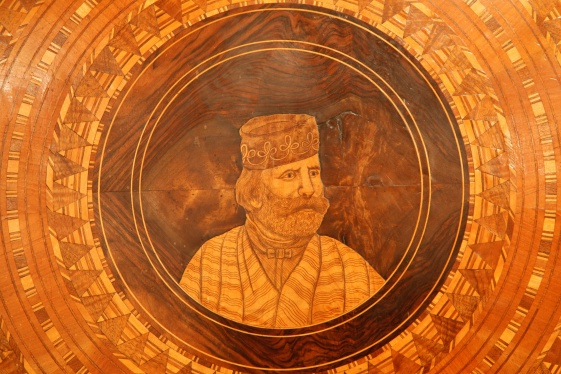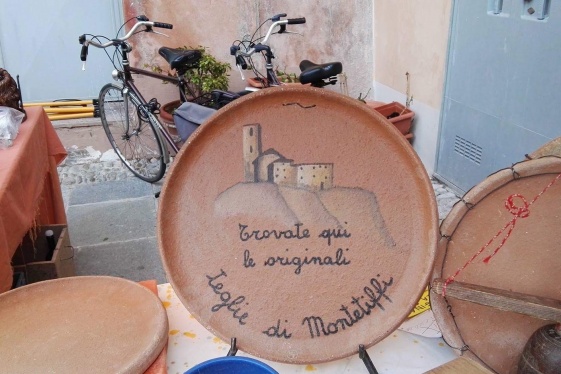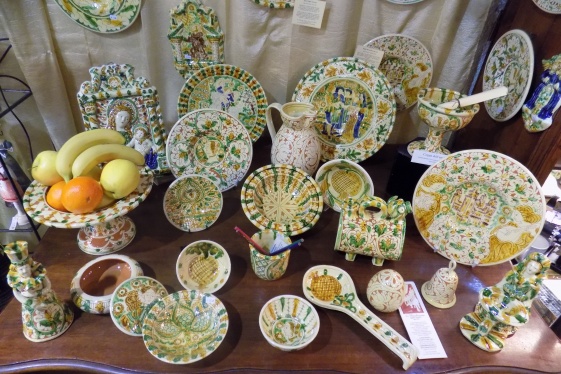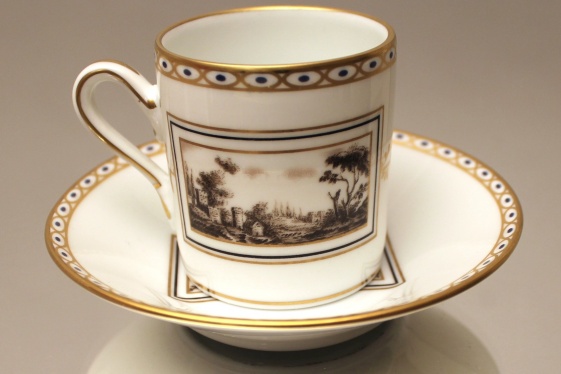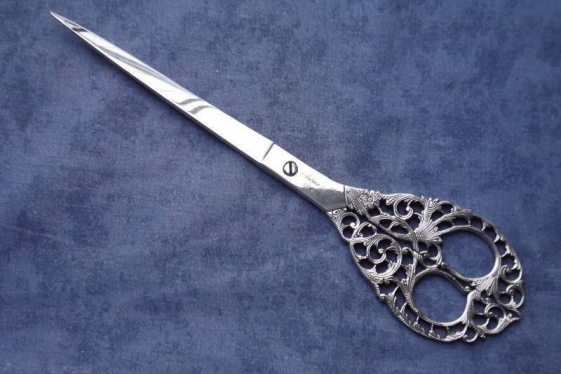Italian handcrafts: The accordions of Castelfidardo
The ancestor of the accordion was the “tcheng” or “sheng”, an ancient instrument from China and other Southeast Asian countries dating back 4,500 years in time.The “tcheng” was the first instrument to use free reeds, the principle on which the accordion is based. The patent for the accordion was filed in Vienna in 1829 by Cyrill Demian, but it was...
READ MOREItalian handcrafts: Lisio Silk
Manifattura Arte della Seta Lisio (the Lisio Silk Art Factory) was established in Florence in 1906 by Giuseppe Lisio, a determined and enterprising man from Abruzzo. Trained in the field as a representative of Luigi Osnago di Milan, an important weaving factory that participated in the Exposition Universelle of 1900 in Paris, Lisio nurtured the dre...
READ MOREItalian handcrafts: Rolo inlaying
An important role in the production of Italian wooden furniture with inlaid decoration must be attributed to the workshops of Rolo, a centre in which this art was already established in the eighteenth century. The merit is due in particular to the rural environment, with its knowledge of wood and woodworking techniques. The construction of inlaid f...
READ MOREItalian handcrafts: The terracotta dishes of Montetiffi
Romagna has a type of bread called “piada” that is soft, thin, warm and fragrant, and is always cooked on a terracotta dish called a teglia. Clay dishes have been manufactured in Montetiffi for centuries, using a technique that dates back to the distant past, perhaps even prehistoric times. Two terracotta dishes are preserved in the archaeological...
READ MOREItalian handcrafts: The Ceramics of Oristano
The manufacture of ceramics in Oristano is linked to the geological characteristics of the area. The city is located between two large ponds near the mouth of the Tirso, where the clay component of the soil has provided the raw material for the production of various forms of pottery from Neolithic times to the present day. The most ancient example...
READ MOREItalian handcrafts: The Engraved Pottery of Ferrara
The history of Ferrara’s sgraffito ceramics traces its origins to early medieval artefacts from China and the vast areas of the Iranian Plateau, which arrived on Italian soil through maritime trade and commerce with the Orient. The first works excavated by medieval archaeologists in Ferrara are dated no earlier than the thirteenth century and were...
READ MOREItalian handcrafts: Doccia Porcelain
For centuries, porcelain was an exotic material imported from China, as its composition and manufacturing techniques remained unknown in Europe. From 1585 to 1610, Francesco I de' Medici financed the production of a pseudo-porcelain in Florence, intended for court use and for diplomatic gifts. The true formula, however, remained unknown until 1710,...
READ MOREItalian handcrafts: The lava basalt of Etna
Etna basalt, which is dark grey or blackish in colour, is formed by the slow solidification of the volcanic lava flows as they cool. It is a natural product that is extracted in all the municipalities of the province of Catania within reach of the lava. The ancient Romans already knew the characteristics of this special stone, which is particularly...
READ MOREItalian handcrafts: Perforated Steel
The art of steelmaking in Molise can be traced back to the 15th century, when the primary purpose of this work was the production of weapons. At that time, Count Nicola di Monforte brought blacksmiths from abroad, particularly France, to produce arms for his military ambitions. From the 16th century onwards, under the rule of Ferrante Gonzaga, the...
READ MOREItalian handcrafts: Vercelli Accordions
The city of Vercelli has over 2500 years of history and was probably founded about a century after the city of Rome. Numerous accounts have survived from the past, one by Pliny the Elder, who said of it: “Vercellae Libicorum ex Salyis ortae”. The accordion, however, only entered Vercelli’s history at the beginning of the twentieth century, with Sim...
READ MORE




